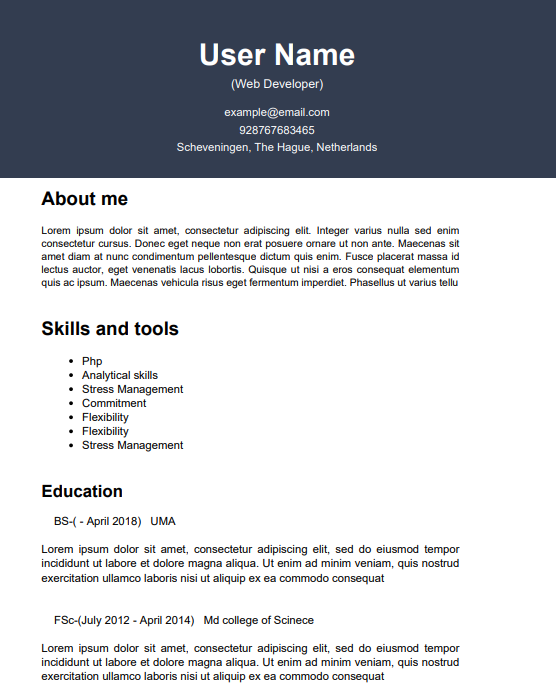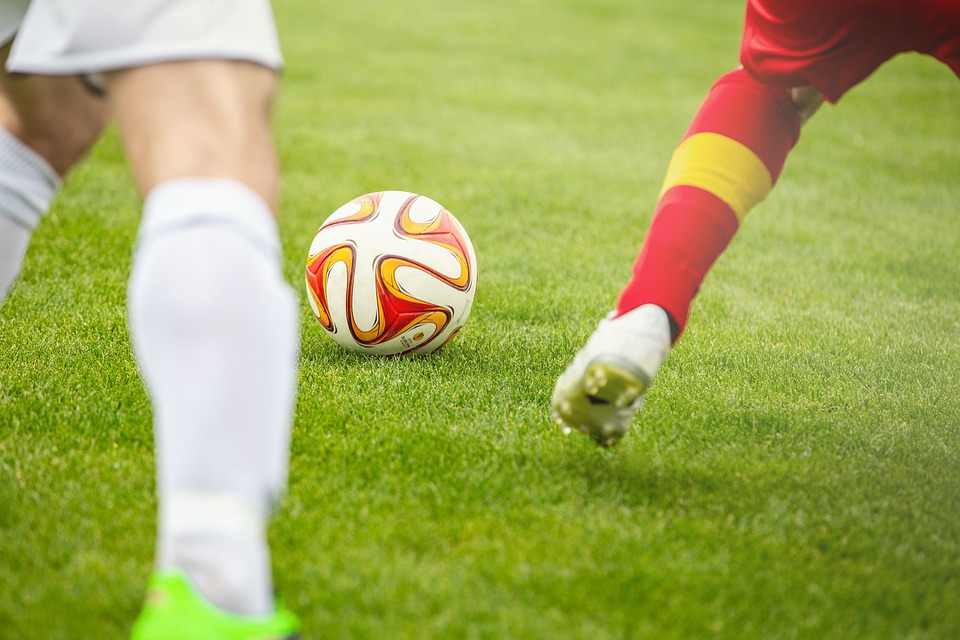Speakers and Earpieces in Football
Football is always growing in its reach and as a result we find ourselves at times looking to develop our game for the better. Through all the talk of changes there is one that particular caught my eye. One which would surely create interesting dynamics within the game.
Bayern Munich manager Julian Nagelsmann recently mentioned how football needs to be revolutionised and follow the model of the NFL by providing managers the opportunity to communicate with their captains using a similar communications technology.
Julian Nagelsmann is a highly-rated coach and at 34 already finds himself in one of the top jobs in World football. Naturally as a young coach, he will look for innovation in his tactics on the pitch but his recent quotes off the pitch leave a lot to genuinely be discussed.
He outright said how ‘’Football needs to stop hiding behind tradition and has to revolutionise itself’’. He commented on how ‘’ American football is much more technologically advanced than football’’.
The technology that he is talking about is of course the earpiece that often quarterbacks wear within their helmets in order to receive instructions from their coaches. He spoke about this technology with enthusiasm.
He said that ‘’ As a football coach, you could achieve a great deal with something like that.’’ It’s understandable why he would think so but of course you can imagine it would be met with a lot of mixed reactions if an actual proposal was put forward.
If you’ve ever taken the time to watch an NFL match you may have seen a coach of a team in the technical area wearing some variations of either headphones or earphones Essentially some type of headset attached with a microphone.
Often, they are in communication with their staff, which we already see across Europe in football, when a member of the coaching staff is relaying what their seeing from another angle in the stadium or in these current times a head coach may be in isolation.
Since 1994, quarterbacks in the NFL do have a mini speaker built into their helmets, which often allow them to receive communications from their coaches on the touchlines. 2008 the league also accepted that a member of the defensive unit could also have this opportunity.
In the NFL’s format one offensive player (quarterback) and one defensive player (middle line-backer) is allowed access to communications. Players only listen and can’t speak back through the radio.
Both teams must have operational communications for anyone to have the ability to use it. So, if one team’s communication fails no one from either side is allowed to use it.
Communication is often cut with the on-field players when there is 15 seconds left on the clock to play. So, is this possible in football in general?
Logistics with Club kits
The standout negative is that our version of football doesn’t require helmets so there would be immediate difficulty in trying to find a place for these speakers on any part of the team kit.
It would be difficult to maintain some sort of ear pieces with the ferocity of some tackles and collisions that we see. Even our referees find some problems with their communication devices at times.
Our players are usually never in need for any helmets, braces or head gear in general so finding a place for a speaker. But some form of silicone design headwear could make up to accommodate a speaker.
Assuming it follows the one-way communication model, there are a couple solutions to tackle this logistical problem.
A mini speaker could be placed within the seam, where the head and neck appear out of, possibly at the back for less discomfort if any at all. Kits would probably be a little more loose fitted if that was the case in order to make sure players are little safer.
Another way these speakers could be introduced is into the vests worn often underneath the playing kit that record metrics and data for the sport scientists. Either, a specific vest for the speaker or within those existing vests that ensures players are comfortable.
Whichever method will sure feel like those cartoons where a version of the character, which happens to be their conscience is spouting a whole load of information with emotion whilst sitting on their shoulders.
We’ve seen similar before
In football we’ve seen a version of this before. In the 2019 MLS All-Star game four MLS players wore microphones.
Chris Wondolowski, Walker Zimmerman and Paxton Pomykal along with Brad Guzan all wore two-way mics to have an on-field interviews with FOX Sports’ pundits at the time. Audiences were particularly entertained with Guzan’s 2018 interviews.
Now of course this isn’t with coaching staff and isn’t about particularly relaying vital pieces of information during an intense match.
However, the fact that players were able to have an almost jovial interview whilst being involved in a big match may perhaps lay the foundation if this idea was to gain some traction in the near future.
The technology used is bigger than the ones in the NFL nonetheless given the fact that these matches often go on without any major problems is a big indicator that Nagelsmann’s idea may just be possible.
How many speakers per team and additional circumstances
Well as previously mentioned there is an opportunity in the NFL to give one defensive player and one offensive player a mic for one-way communication. So, let’s say two were allocated in football, which positions would you give them to?
Of course, this would be dependent on style of play and formations selected by the manager. Let’s take the common 4-3-3 or 4-2-3-1, you would say that the deepest lying midfielder would surely get a speaker.
The defensive midfielder or number ‘’6’’ dictates a lot of the rhythm and sees a large proportion of the game for teams nowadays, breaking up play and the first to start attacks so it would therefore be wise to give your defensive midfielder a speaker.
The second would ideally go to someone else within the central zones of the pitch so ideally a centre-back or even goalkeeper who see a larger proportion of the game unfold and can adjust things more easily.
Managers way be inclined to give it to their captains regardless their position on the pitch. This would probably be ideal as naturally they are the voice of the coaches on the pitch.
One scenario that would interest me is if a player who has a speaker is substituted how would it work would they pass the speaker on? Does the substitute have one ready to go or does the team play a speaker down?
If the team receive a red card with a player with a speaker and down to ten men will they still have the right to the number of devices allocated before the game?
Will communications stop during the game?
An NFL match lasts an hour but is divided into four 15-minute sections. Each section is separated by a 12-minute break. An average game would conclude usually after 3 hours in addition to commercial breaks and timeouts, stoppages etc.
Well in our game we have two halves of 45 with additional time in cup competitions if necessary. So, would communications be allowed throughout the whole match or like the NFL a few second before time communications are cut?
Well that’s up to the decision makers ultimately, I would personally leave it to roll throughout the duration of the game. Mainly because if we start to police it then we really start to Americanise our game.
The whole point of introducing it is to allow managers to have a greater influence on their side. So, I’m sure Nagelsmann wouldn’t have intended it to be policed as much and allow managers to relay all the information they want.
Final Round-up
I certainly think introduction of ear-pieces or communication devices certainly will provide a revolution in the game of football. There would definitely be more talking points before, during and after matches.
There would also be more disputes I think between teams and between coaches and players either publicly or in private. But that’s for the entertainment of fans.
Nagelsmann’s view was always from the point of coaches. Managers will get more control of the game than they currently do. Being able to spot things and not having to shout or match the decibel levels of the fans.
Individual performances of players will benefit from bring this in because obviously if instructions are carried out correctly there is a better likelihood of achieving the direct outcome.
Maybe as a result of ear pieces and communication devices being introduced half-time team talks are significantly shorter and whilst we are watching an advert for a new eco-friendly car, players are out much earlier than usual for the start of the second half.
Of course, Nagelsmann was speaking in general terms about how football should evolve whilst I’m here for keeping football separate from American-styled sports for as long as possible there are some elements that football should adopt in order to improve.
Managers and players become even more accountable for team results as phases in the game can be explained much easier. Instead of “I felt…’’ or “I wanted…” in press conferences and interviews you would hear “ I told them too..” and “ I said that..”.
Above, I’ve noted some ideas but the questions that the decision-makers will ultimately have to make if this was introduced to the game. It could take some time to answer and come to results that don’t drastically change what currently exits.



